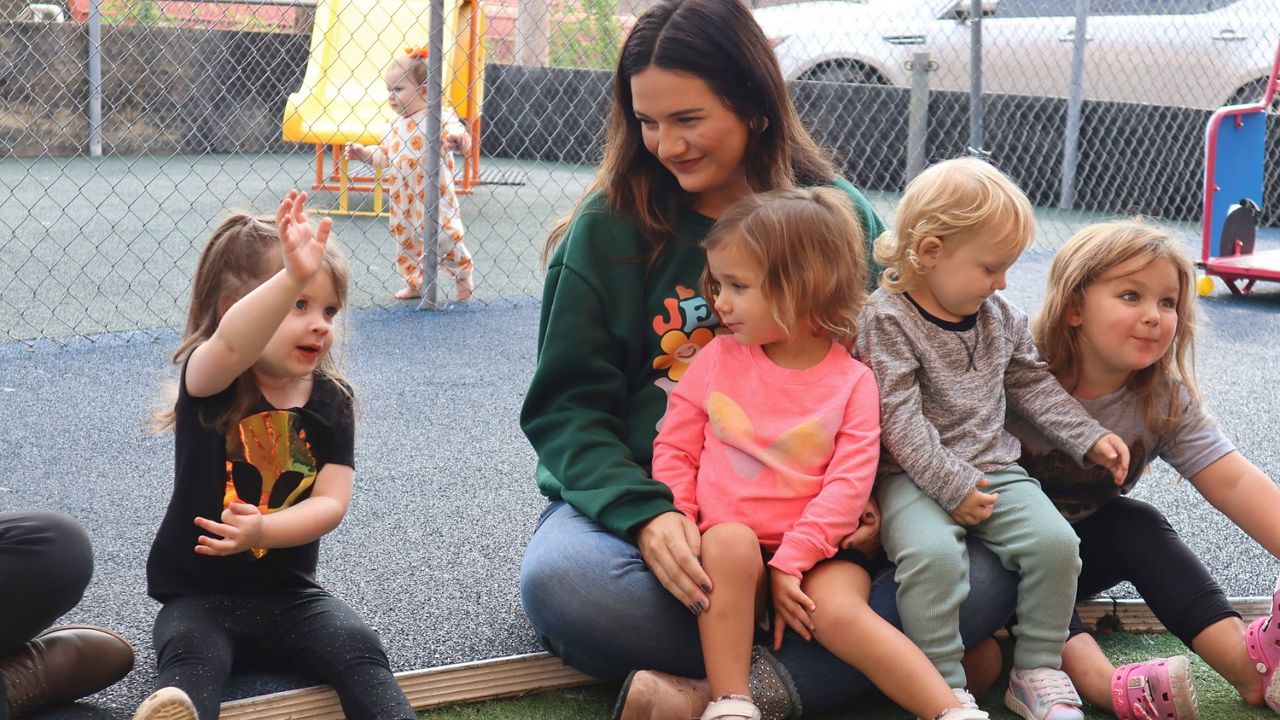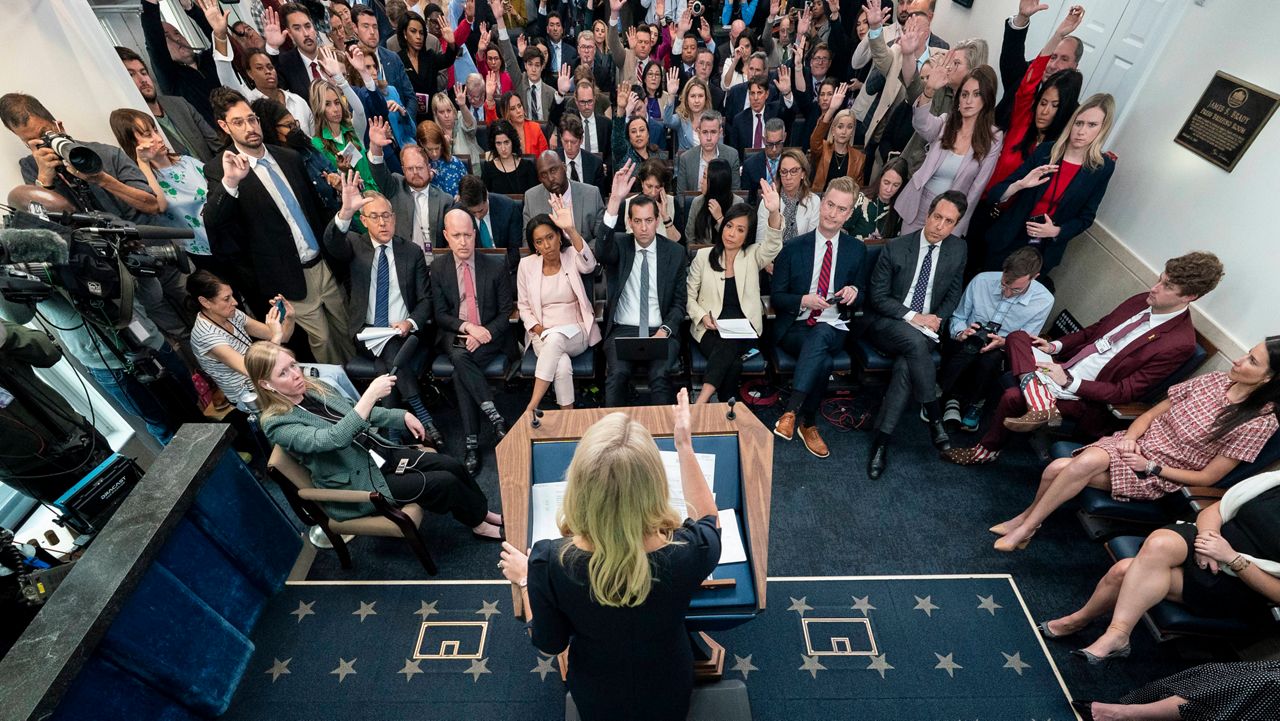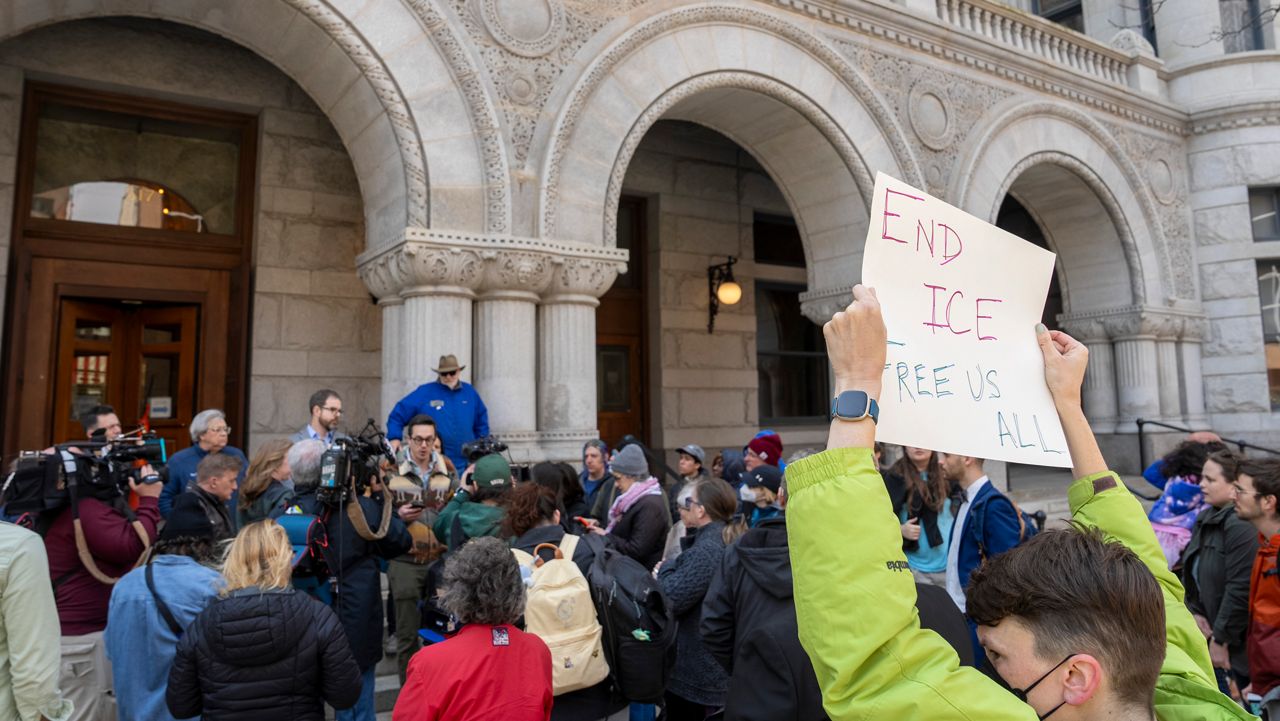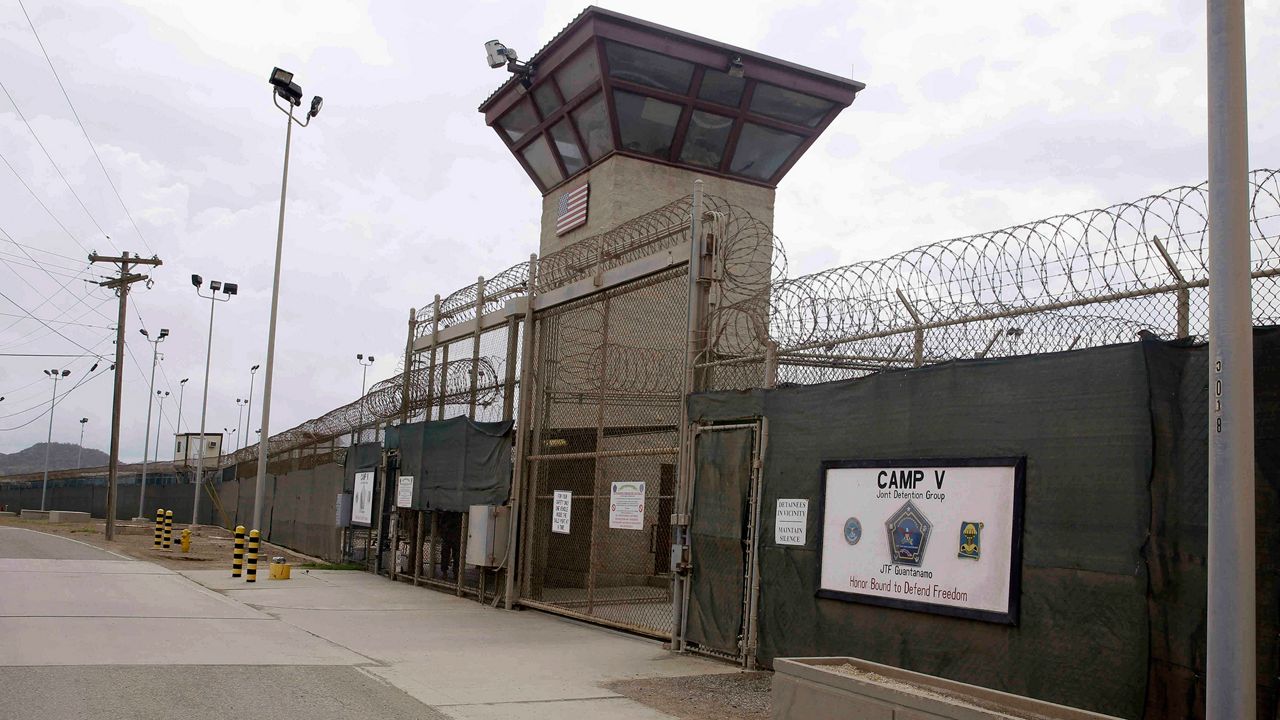The Biden administration is lowering child care costs for more than 100,000 working families, Vice President Kamala Harris announced Thursday.
What You Need To Know
- The Biden administration is lowering child care costs for more than 100,000 working families, Vice President Kamala Harris announced Thursday
- Under a new Department of Health and Human Services rule, families enrolled in the federal Child Care and Development Block Grant program, or CCDBG, will have their copayments capped at 7% of their income, which the department considers the high-water mark for what is considered affordable
- Harris said the change is expected to save families over $200 a month in states that do not yet cap copays
- The rule also encourages states to waive copayments entirely for families with children who have disabilities, are homeless, live in foster care, are enrolled in the Head Start low-income school readiness program, or are in families at or below 150% of the federal poverty level
Under a new Department of Health and Human Services rule, families enrolled in the federal Child Care and Development Block Grant program, or CCDBG, will have their copayments capped at 7% of their income, which the department considers the high-water mark for what is considered affordable.
Harris said the change is expected to save families over $200 a month in states that do not yet cap copays.
“President Biden and I believe that every family in our nation should be able to access affordable child care,” Harris said in a statement. “Today, we are taking another important step forward by lowering the cost of child care for more than 100,000 working families that receive federal child care assistance.”
The rule also encourages states to waive copayments entirely for families with children who have disabilities, are homeless, live in foster care, are enrolled in the Head Start low-income school readiness program, or are in families at or below 150% of the federal poverty level.
It also directs states to pay CCDBG providers “more fairly and on time,” which the administration predicts would give them better financial stability and incentivize others to participate. According to the White House, only eight states pay providers on time, and about half pay them based on enrollment as opposed to attendance, meaning they face the possibility of lower payments if children miss days.
And the new rule seeks to make it easier for families to access CCDBG subsidies by encouraging states to reduce red tape in the enrollment process.
“Child care is a necessity for most working families across the country,” HHS Secretary Xaiver Becerra said in a statement. “Today we are taking an important step to reduce costs for families and give them more child care options,” said HHS Secretary Xavier Becerra. “When families have access to affordable, quality child care, they can pursue job opportunities, cover other basic needs, and go to work knowing their children are safe.”
The rule stems from an April 2023 executive order by President Joe Biden aimed at increasing access to high-quality care and supporting caregivers.
Harris announced the proposal in July, and it underwent a 45-day public comment period and review by the Administration for Children’s Service.
The CCDBG program provides financial assistance to low-income families, helping more than 900,000 working families and 1.5 million children benefit.
Biden and Harris proposed in their budget for the current fiscal year capping a typical family’s child care costs at $10 per day and approving funding for universal, free preschool. Those measures require approval from Congress, which is moving toward passing another stop-gap funding bill to avoid a partial government shutdown.
According to a Labor Department estimate, child care prices in 2022 ranged from $5,357 to $17,171 per child, or 8% to 19.3% of median family income per child.
Ryan Chatelain - Digital Media Producer
Ryan Chatelain is a national news digital content producer for Spectrum News and is based in New York City. He has previously covered both news and sports for WFAN Sports Radio, CBS New York, Newsday, amNewYork and The Courier in his home state of Louisiana.








